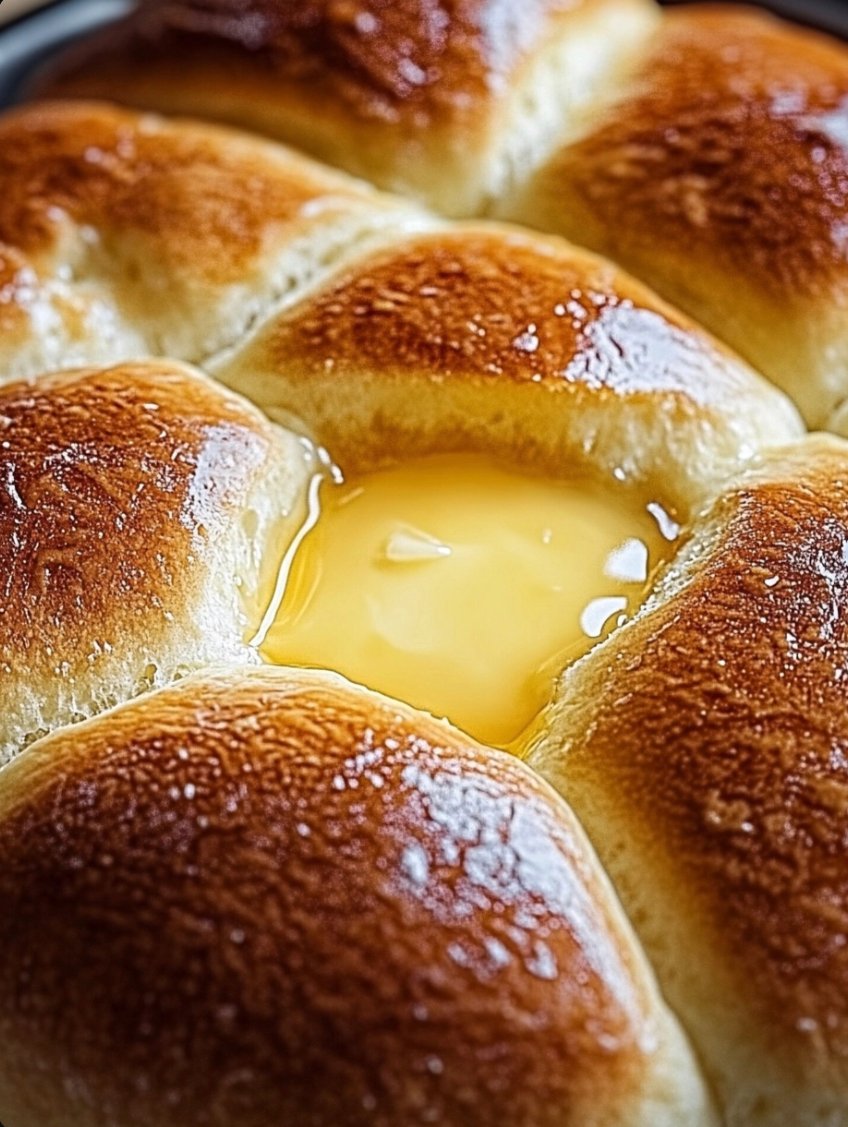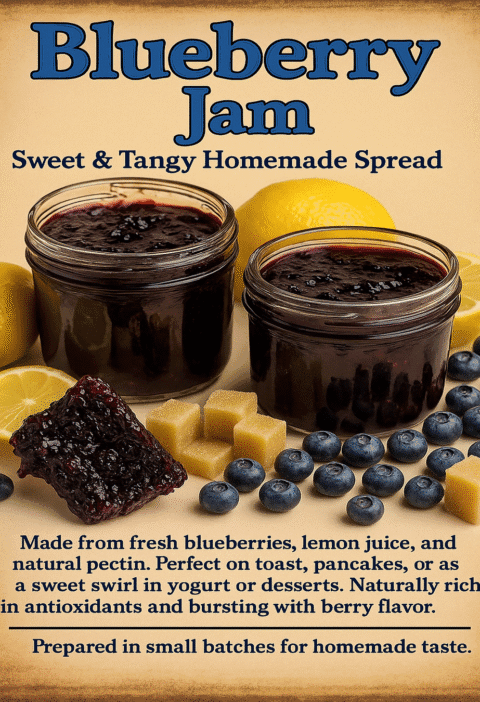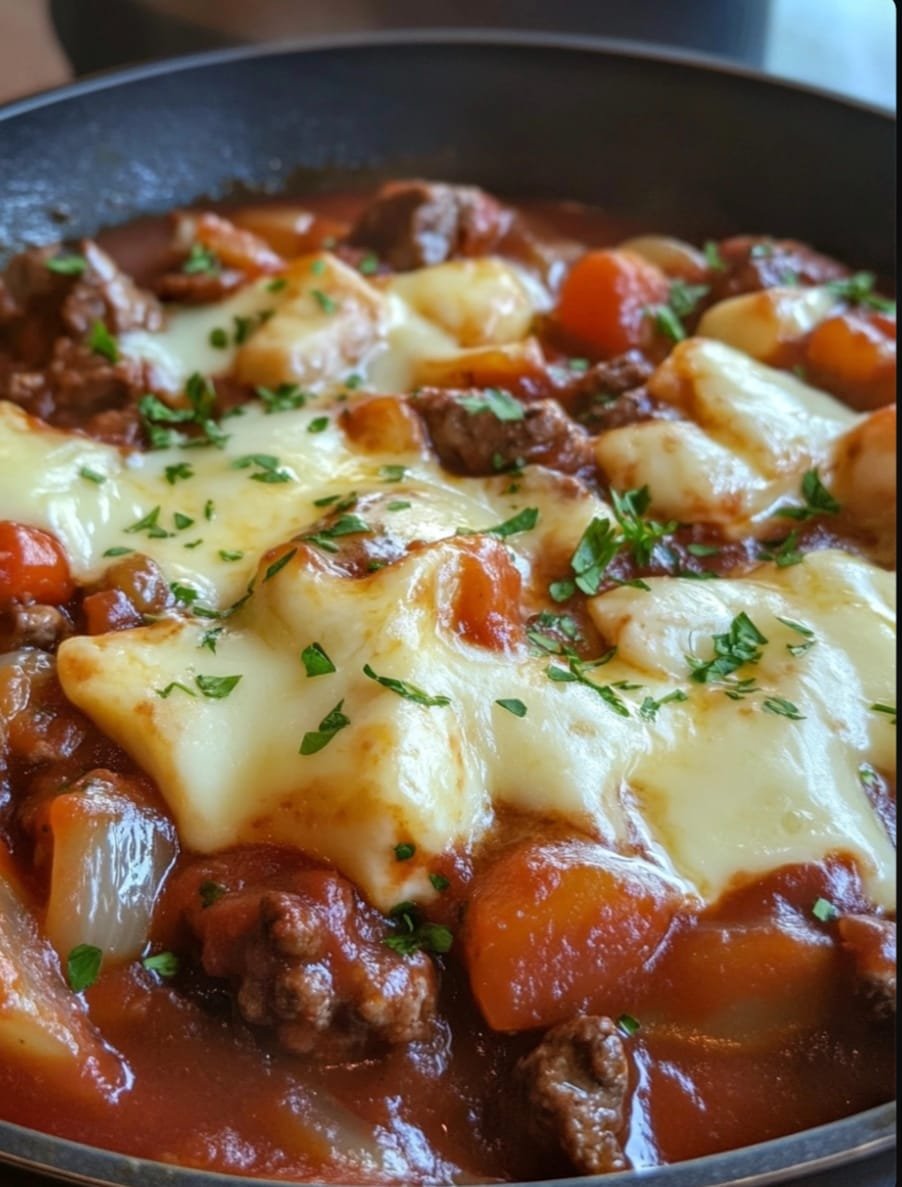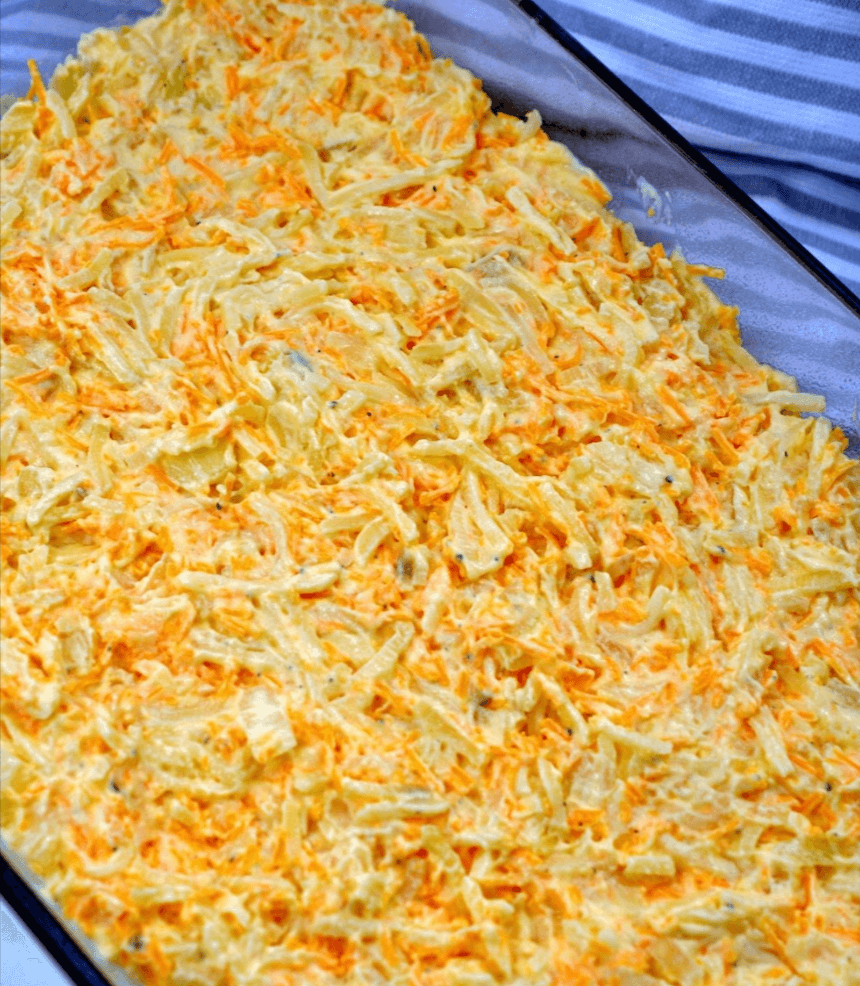Have you ever wanted to bake bread but didn’t have access to an oven? This No-Oven Stovetop Bread is the perfect solution! With this simple recipe, you can make soft, delicious bread right on your stovetop. It’s easy to prepare, requires basic ingredients, and yields fantastic results. Whether you’re in a small kitchen or just want to try a new way of baking, this stovetop bread is sure to impress.
Table of Contents
- Ingredients
- Instructions
- Cook’s Notes and Tips
- Variations
- Keto and Low-Carb Versions
- Frequently Asked Questions (FAQs)
- Conclusion
Ingredients
- 2 cups all-purpose flour
- 1 teaspoon salt
- 1 teaspoon sugar
- 1 teaspoon active dry yeast
- 3/4 cup warm water (about 110°F or 45°C)
- 2 tablespoons olive oil (plus extra for greasing)
Instructions
- Activate the Yeast: In a small bowl, mix the warm water and sugar, then sprinkle the active dry yeast on top. Let it sit for about 5-10 minutes until it becomes frothy.
- Mix the Dough: In a large bowl, combine the flour and salt. Add the yeast mixture and olive oil. Mix until a dough forms.
- Knead the Dough: Transfer the dough to a floured surface and knead for about 5-7 minutes, or until it becomes smooth and elastic. If the dough is sticky, add a bit more flour, one tablespoon at a time.
- First Rise: Place the kneaded dough in a lightly oiled bowl, cover it with a damp cloth or plastic wrap, and let it rise in a warm place for about 1-1.5 hours, or until doubled in size.
- Shape the Dough: Once the dough has risen, punch it down to release the air. Shape it into a round loaf or divide it into smaller pieces for individual rolls.
- Preheat the Pan: Heat a large, heavy-bottomed skillet or non-stick pan over low to medium heat for about 5 minutes. Lightly grease the pan with olive oil.
- Cook the Bread: Place the shaped dough in the skillet, cover it with a lid, and cook for 10-12 minutes on the first side. Flip the bread over and cook for an additional 8-10 minutes on the other side, or until golden brown and cooked through. The bread should sound hollow when tapped.
- Cool and Serve: Remove the bread from the skillet and let it cool on a wire rack for a few minutes before slicing and serving.
Cook’s Notes and Tips
- Heat Control: Keeping the heat low is key to cooking the bread evenly without burning the outside. If the skillet gets too hot, the bread may brown too quickly while staying raw in the center.
- Lid for Steaming: Covering the skillet with a lid helps create steam, which makes the bread soft and helps it cook through evenly.
- Testing for Doneness: Tap the bread gently; if it sounds hollow, it’s ready.
Variations
- Herb and Garlic Bread: Add 1 teaspoon of dried herbs (like oregano, thyme, or rosemary) and 2 minced garlic cloves to the dough for extra flavor.
- Whole Wheat Bread: Replace half of the all-purpose flour with whole wheat flour for a more rustic texture.
- Stuffed Stovetop Bread: Roll out the dough and fill it with cheese, spinach, or cooked sausage before shaping and cooking for a delicious stuffed bread.
Keto and Low-Carb Versions
To make a keto-friendly and low-carb version of this No-Oven Stovetop Bread:
- Flour Substitute: Replace the all-purpose flour with almond flour and add 1 teaspoon of psyllium husk to help bind the dough.
- Yeast Substitute: You can omit the yeast and instead use 1 teaspoon of baking powder. However, keep in mind that the texture will be different.
Frequently Asked Questions (FAQs)
Can I Use Whole Wheat Flour Instead of All-Purpose Flour?
Yes, you can substitute some or all of the all-purpose flour with whole wheat flour. The bread may be denser, so you might need a bit more water to get the right dough consistency.
How Should I Store Leftover Bread?
Store leftover bread in an airtight container at room temperature for up to 2 days. For longer storage, you can freeze it for up to a month. Just thaw and reheat before serving.
Can I Make This Bread Without Yeast?
Yes, you can make a quick bread version using baking powder instead of yeast. The texture will be different, more like a soda bread, but still delicious.
What Type of Pan Should I Use?
A heavy-bottomed skillet, such as a cast-iron skillet, works best for stovetop bread as it distributes heat evenly. A non-stick pan also works well.
Can I Add Toppings to the Bread?
Absolutely! Before flipping the bread, sprinkle some sesame seeds, poppy seeds, or shredded cheese on top for added flavor and texture.
No-Oven Stovetop Bread is a fantastic way to enjoy fresh, homemade bread without needing an oven. It’s easy, requires simple ingredients, and yields a soft, delicious loaf that’s perfect for any meal. Whether you’re baking in a small kitchen or simply don’t want to turn on the oven, this stovetop method is an excellent alternative. Customize it with your favorite herbs and flavors, and enjoy the satisfaction of homemade bread right from your stovetop.
Happy Baking!






